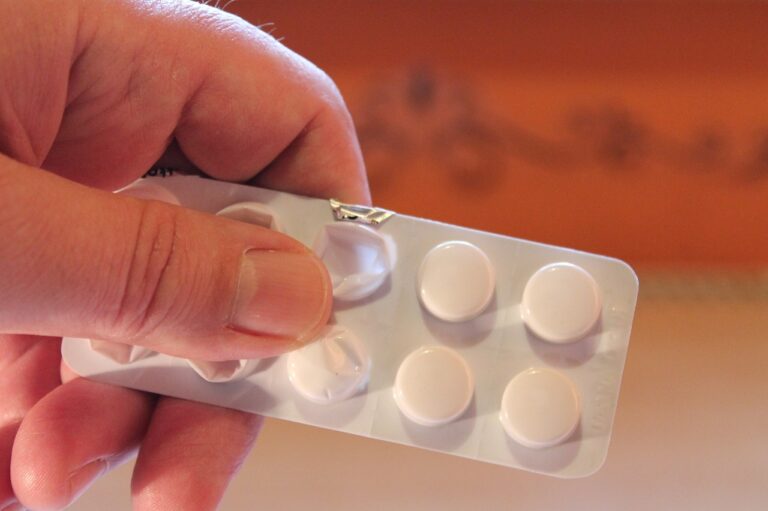Exploring Sperm Retrieval Techniques for Male Infertility
11xplay online, diamondexch9.com register, skyexchange: Male infertility is a common issue affecting many couples around the world. In cases where natural conception is not possible due to male infertility, assisted reproductive technologies such as in vitro fertilization (IVF) can offer hope. However, one of the key challenges in IVF is the retrieval of sperm from men who are unable to produce sperm normally. In such cases, various sperm retrieval techniques are available to help overcome male infertility and achieve successful fertilization.
In this article, we will explore some of the commonly used sperm retrieval techniques for male infertility, how they work, and the success rates associated with each method.
1. Testicular Sperm Aspiration (TESA)
TESA is a minimally invasive procedure in which a needle is inserted into the testicle to extract sperm. This technique is often used for men with obstructive azoospermia, a condition where the sperm ducts are blocked and prevent sperm from reaching the ejaculate. TESA can be performed under local anesthesia in an outpatient setting and has a relatively high success rate in retrieving viable sperm.
2. Percutaneous Epididymal Sperm Aspiration (PESA)
PESA involves the use of a needle to extract sperm from the epididymis, the tube that stores and transports sperm from the testicles. This technique is commonly used for men with obstructive azoospermia or those who have undergone a vasectomy. PESA can be performed under local anesthesia and has a similar success rate to TESA.
3. Microsurgical Epididymal Sperm Aspiration (MESA)
MESA is a more advanced version of PESA that involves the use of a high-powered microscope to locate and retrieve sperm from the epididymis. This technique is often preferred for men with complex cases of obstructive azoospermia or those who have previously failed with PESA. MESA has a higher success rate compared to PESA but requires a skilled microsurgeon to perform the procedure.
4. Testicular Sperm Extraction (TESE)
TESE is a surgical procedure in which a small piece of testicular tissue is removed and dissected to extract viable sperm. This technique is often used for men with non-obstructive azoospermia, a condition where the testicles do not produce sperm or produce very low quantities. TESE can be performed under general anesthesia and has varying success rates depending on the underlying cause of infertility.
5. Microdissection Testicular Sperm Extraction (micro-TESE)
Micro-TESE is a specialized technique that involves the use of a microscope to locate and extract sperm from the testicular tissue with precision. This approach is particularly effective for men with non-obstructive azoospermia, as it allows for the identification of areas within the testicles that may contain viable sperm. Micro-TESE has a higher success rate compared to conventional TESE but requires a highly skilled microsurgeon to perform the procedure.
6. Percutaneous Testicular Sperm Extraction (PTSE)
PTSE is a newer technique that combines the principles of TESA and TESE to extract sperm from the testicles using a minimally invasive approach. This technique is less invasive than conventional TESE but may not be suitable for all cases of male infertility. PTSE is still being researched and may offer a promising alternative to traditional sperm retrieval methods in the future.
In conclusion, sperm retrieval techniques play a crucial role in overcoming male infertility and achieving successful fertilization in cases where natural conception is not possible. It is essential to consult with a fertility specialist to determine the most suitable technique based on individual circumstances and underlying causes of infertility. With advancements in assisted reproductive technologies, there are now more options available for men struggling with infertility to fulfill their dreams of starting a family.
—
**FAQs**
Q: Are sperm retrieval techniques painful?
A: Most sperm retrieval techniques are performed under anesthesia to minimize discomfort. Some mild pain or discomfort may be experienced post-procedure, but it is usually manageable with pain medication.
Q: What are the success rates of sperm retrieval techniques?
A: Success rates vary depending on the underlying cause of infertility and the expertise of the healthcare provider performing the procedure. Generally, sperm retrieval techniques have a high success rate in retrieving viable sperm for use in assisted reproductive technologies.
Q: Are there any risks associated with sperm retrieval techniques?
A: As with any surgical procedure, there are inherent risks such as infection, bleeding, or damage to surrounding tissues. However, these risks are minimal when the procedure is performed by a skilled and experienced healthcare provider in a sterile environment.







